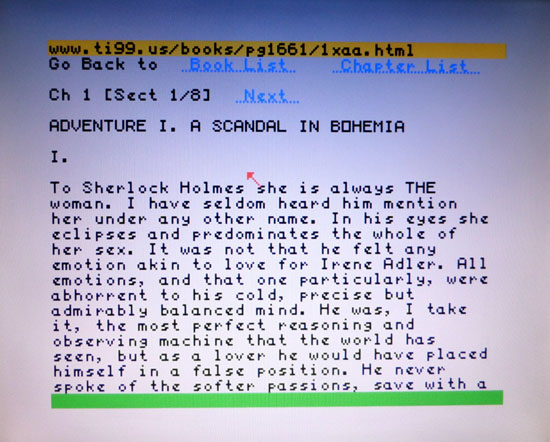|
QR Code Generator for Vintage Computer (TI-99/4A)
Video Demonstration
Image Pixelation Toggle - Google Chrome Extension
Video Demonstration
Washington State / Snohomish County Interactive Election Districts Map
Launch the Map
Wayne Miller Anagram Problem Solver
An old friend of mine from Houston posted a question on his Facebook feed:"What is the longest sequence of letters for which all permutations are anagrams? I can think of "on" and "no" which has length 2."I wrote a simple Java program that loads the Mac OS X dictionary and iterates through all possible anagram permutations. The answer to Wayne's problem was "3" (the words "ree", "ere", and "eer").
TI-99/4A Retrocomputer Web Browser-Compatible Page
Recently, a programmer created a web browsing application for the TI-99/4A 1980's era computer. Because computers of this time had extremely limited memories and processing speed, his browser was not physically capable of decoding more modern HTML, so he created a new, very simplified markup language called 99ML. I thought it would be fun to create a 99ML-compliant page, so I took an ASCII copy of a Sherlock Holmes story from the Project Gutenburg site, and did a bit of text parsing magic with various Linux commands to create the 40-column, 99ML files for the browser.  |